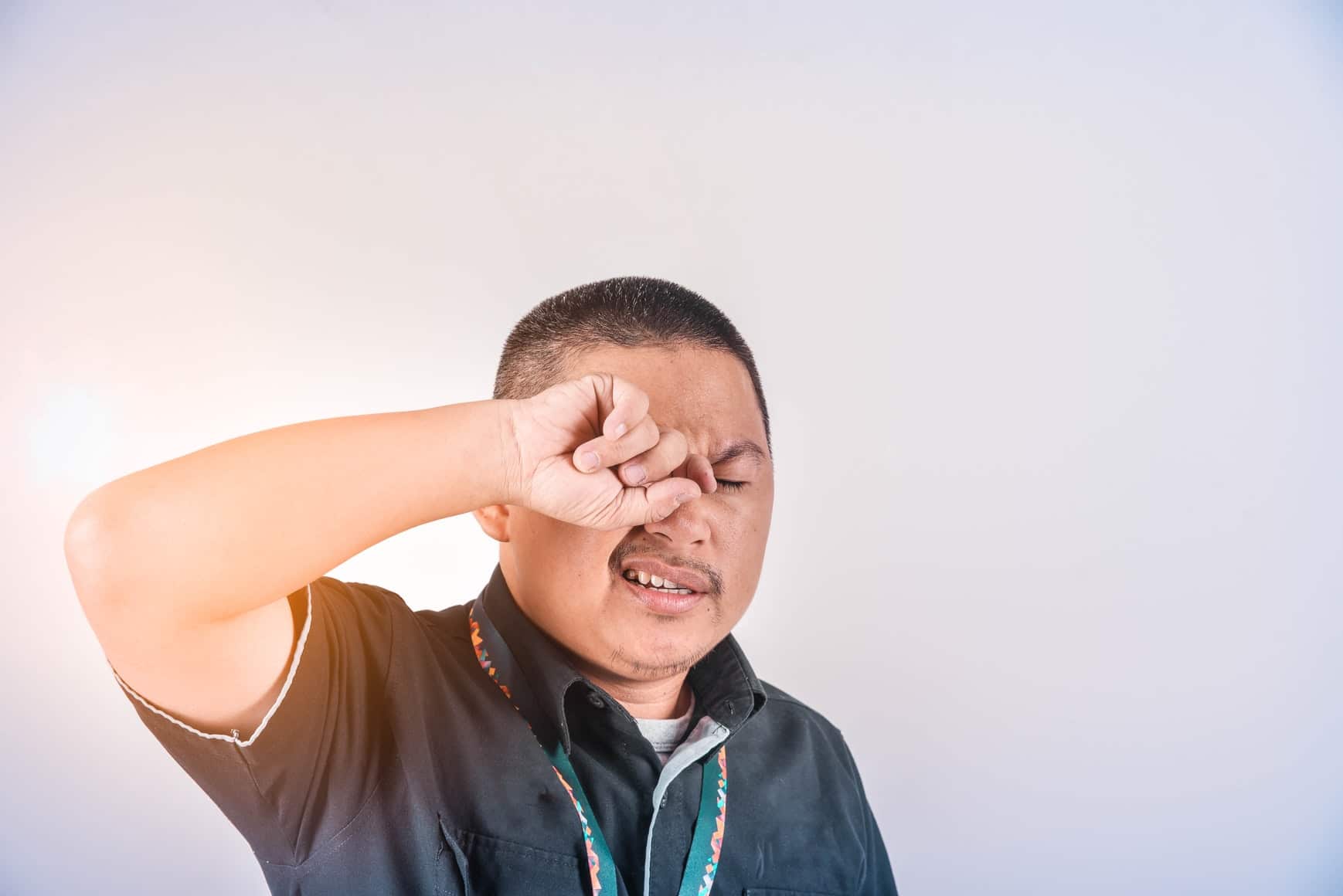Stye: What It Is and How to Get Rid of It (Common FAQs)

If you have ever had the misfortune to experience having a stye before, you will know how uncomfortable it is. This is a fairly common condition that can be managed at home. However, there are some instances where treatment may be required from an eye care provider.
What is a stye?
A stye is an inflamed, tender, red bump on the edge of an eyelid. It usually is caused by a clogged oil gland in the eyelid called a meibomian gland. This can occur on an outer or inner eyelid. Most styes are located near the edge of the eyelid. The bumps can vary in colour and size but usually have erythema, and they can be painful.
How common is a stye?
A stye on the eyelid is common, with 1 in 5 people experiencing one at some point in their life. Styes are a common cause of eyelid swelling or redness. These bumps usually occur in adults over the age of thirty but can happen in children as well. Styes are more common in women than men, with styes occurring in about 2/3 of women versus 1/3 of men.
How does one get a stye?
A stye is caused by a blocked meibomian gland, which is located inside the eyelid. The gland makes an oily substance that helps prevent the eye surface from drying out and protects the eye from infection and injury. A stye forms when the gland is clogged or infected.
What are the symptoms of a stye?
The most common sign of a stye is a tender, red bump near the edge of the eyelid. You may experience swelling around the stye. Initially, the bump may be painful, but it will usually go away after 3-5 days. Other symptoms you might experience include watery eye, red eye, light sensitivity, a scratchy sensation, and blurred sight.
How long does a stye last?
Most styes clear up on their own, without any treatment within 3-5 days. The bump usually goes away, but the surrounding redness may take longer to go away. Once it clears up, the skin may be dark and scarred. This skin will remain darker than the surrounding skin.
It’s important to note that if you have a stye that doesn’t seem to be going away, you should consult an eye care specialist. They may be able to prescribe you an antibiotic if you are experiencing more than mild symptoms.
How to treat a stye:
There are many ways to treat a stye at home. The most effective method is to massage the oil gland on the nasal side of your eyelid for about 30 seconds a day. This should help to open up blockages in the glands. Additionally, applying hot and cold compresses to the stye can help reduce the swelling and the pain associated with it.
Conclusion
Although a stye is not a serious condition, it can be quite uncomfortable. Sometimes, styes can reappear, and if this is the case, you should consult an eye care provider to learn more about the cause and how to prevent it.
At Vision and Eyes, we have over 35 years of experience in optical care, and we’ve built up a wealth of knowledge of what really works. Let us help you get rid of your stye with proper eyelid care today!
